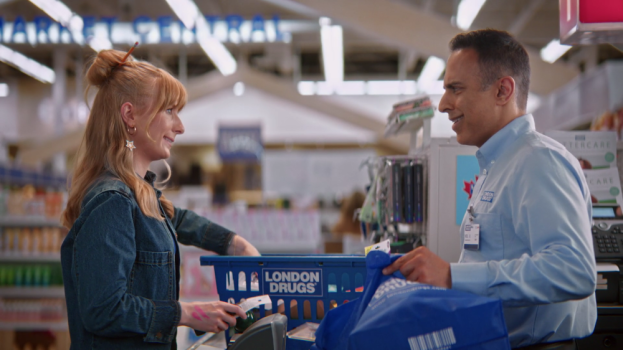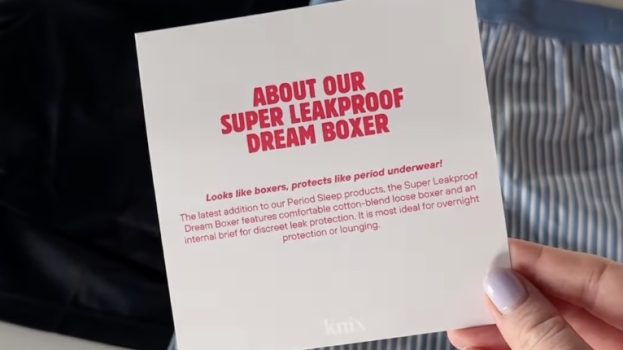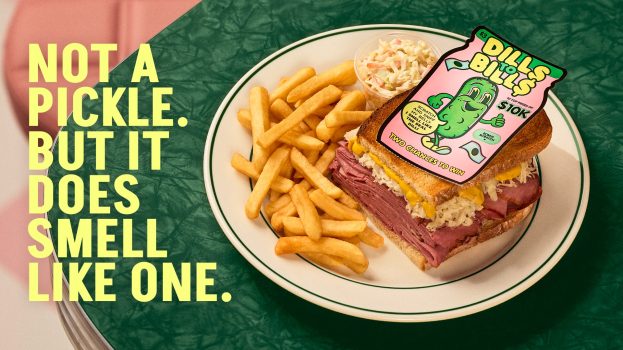
The Canadian Beverage Container Recycling Association (CBCRA) has spent years educating and convincing Manitobans to not only recycle, but to do it properly.
Even so, Ken Friesen, executive director of the CBCRA says that, in the last couple of years, there has been a dramatic increase in the amount of contamination that goes into recycling bins – items such as food waste, half-empty bottles of soda and candy wrappers – which becomes expensive to sort.
Additionally, if there are large quantities of contamination, recyclable items get sent to a landfill. According to a summary of a report produced by Deloitte for Environment and Climate Change Canada, it found that the country recycles just 9% of its plastics, with the remainder dumped in landfills and incinerators.
While Manitobans responded well to the CBCRA’s communications at first, proper recycling etiquette started to wane as residents became confused by the complexity of several recycling messages.
So this year, instead of communicating both the do’s (recycle) and don’ts (recycle properly) in one single campaign, agency McKim helped the organization develop two different spots, each tackling a separate message under the ongoing “Recycle Everywhere” platform to remove consumer confusion.
The first – referred to as the “Believe in the Bin” campaign – reinforced the importance of recycling, showing how materials can be transformed into other products and encouraging people to place recyclable material into the correct bins.
“Part of the ‘Believe in the Bin’ campaign is to combat the misconception that materials that are placed in the bins are not recycled,” says Ken Friesen, executive director of the CBCRA. “The primary purpose behind that message is assuring people all of those materials that are collected are recycled into juice boxes [or] tissue paper.”
[iframe_vimeo video = “437244138”]
The second – referred to as the “Cool, Not Cool” campaign – shows “cool” things, such as making new friends or going out for a run, which are then juxtaposed with “not cool” actions such as littering beverage containers with leftover liquid in blue bins.
Because the CBCRA is asking Manitobans not to do something, the challenge was to avoid having the organization come off as pushy in the “Cool, Not Cool” campaign, says McKim. So the agency created animated spots that used colloquial language to help soften the messaging.
[iframe_vimeo video = “437247780”]
The “Believe in the Bin” campaign will run on TV, online, on social, as well as on billboards and in convenience stores; while the “Cool, Never Cool” campaign will be on TV, Spotify, social media, radio and in print. McKim handled the creative as well as the media buy for both campaigns.
























